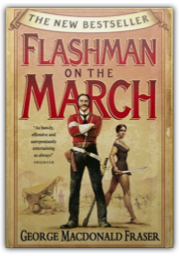
There are certain authors whose very names are an absolute guarantee of quality, and George Macdonald Fraser has long been one of those. His Flashman books are much loved, and the exploits of his engaging rogue have been delighted readers for years. But is Flashman on the Marchup to the customary Fraser standard? After all, the number of Flashman books is now legion, and even the author’s most dedicated admirers would admit that some Flashman outings (while diverting enough) have lacked the freshness of the early books. It's good to report, therefore, that Flashman on the Marchis almost vintage Fraser, with all the elements that have won him an ironclad following largely in place. There are, of course, two elements that make these books such fun: the vivid and pungent historical detail (always effortlessly integrated, and never self-consciously laid on as in so many historical novels, serious or otherwise); the author's refusal to be politically correct (the Flashman books have always played fast and loose with the accepted views of morality and society, and their bawdy, amoral charms are refreshing in an age in which such things are looked at askance — even if Fraser, like Frederick Forsyth, is far better encountered in his entertaining books rather than in his more splenetic role as pundit). |
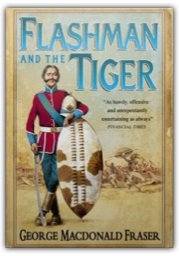
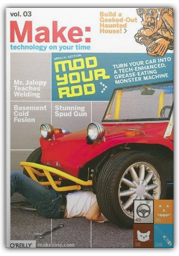
If you like to tweak, disassemble, re-create, and invent cool new uses for technology, you'll love MAKEour new quarterly publication for the inquisitive do-it-yourselfer. Our third issue looks at how you can turn your car into a Wi-Fi blasting, computer-controlled, GPS-enabled, biodiesel monster. Key features show how to turn a VCR into a pet feeding robot, how to make a see-through potato cannon, create a remote-controlled haunted house for Holloween, and get you the skinny on cheap welding. 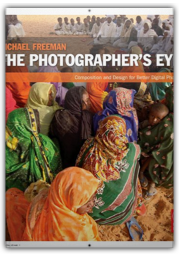
Design is the single most important factor in creating a successful photograph. The ability to see the potential for a strong picture and then organize the graphic elements into an effective, compelling composition has always been one of the key skills in making photographs. |

My Library
Collection Total:
1165 Items
1165 Items
Last Updated:
Sep 9, 2009
Sep 9, 2009
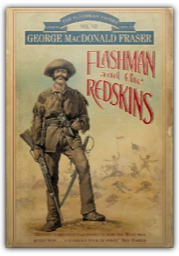

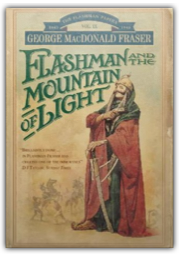
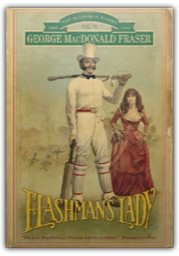
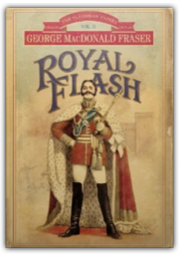
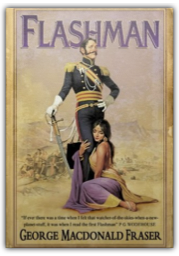
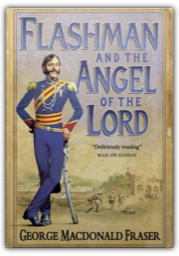
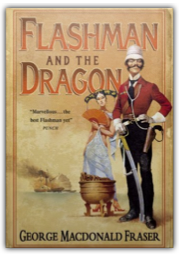
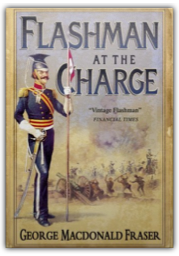
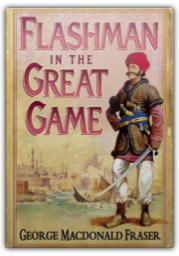

 Made with Delicious Library
Made with Delicious Library